![]()
|
Job
Meigh
(& Son) |
Location and period of operation:
|
Job Meigh & Son |
Hanley |
1802 |
1834 |
|
Earthenware manufacturer at the Old Hall Works, Hanley, Stoke-on-Trent, England
|
Previously: Meigh & Walthall
Subsequently: Charles Meigh
 footed serving dish |
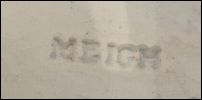 MEIGH impressed mark MEIGH |
Zoological Sketches
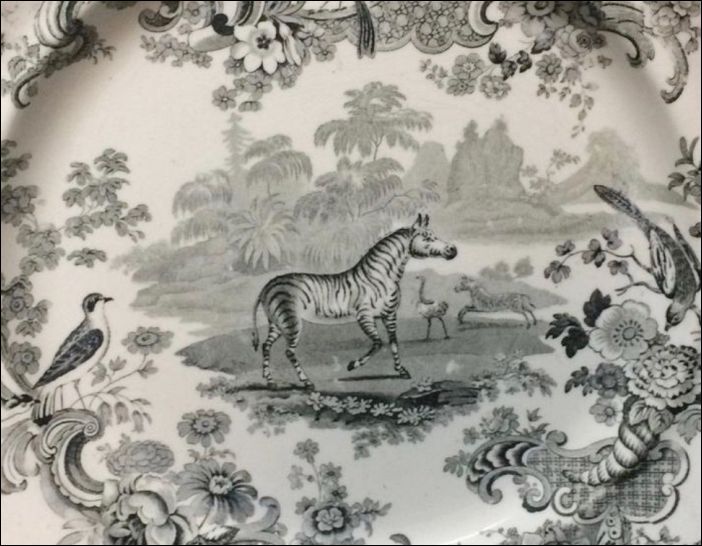
|
The animals are shown with trees and rocks/mountains in the background, surrounded by an inner border of flowers and various exotic birds. The outer border consists of a continuous pattern incorporating both scrolls and leaves. |
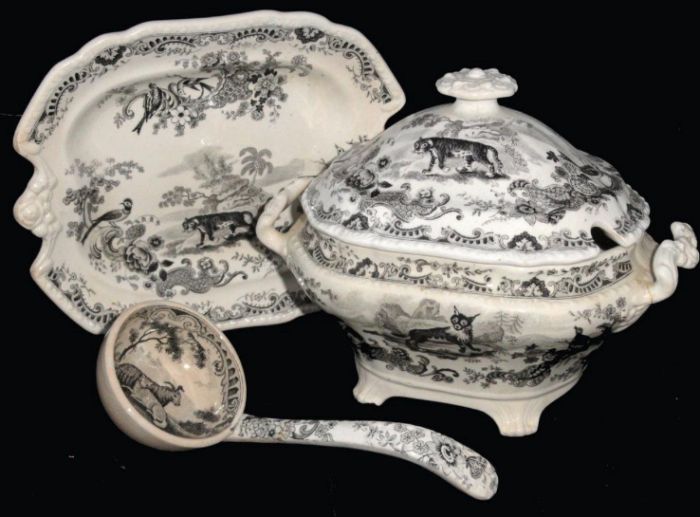 four footed soup tureen with ladle and stand in one of the Zoological Sketches patterns |
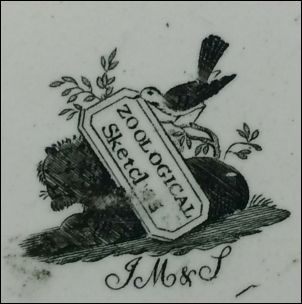 Zoological Sketches J M & S |
|
A series of animal patterns - the animals are surrounded by an inner border of flowers and various exotic birds. The majority of the production was in black with the occasional blue and white set. The original animal prints are attributed to John Church's book "A Cabinet of Quadrupeds" first published in 1805 - the engraved source prints are reported to have also been used by Enoch Wood, Ralph Hall and Copeland & Garrett in other transferware zoological series. |
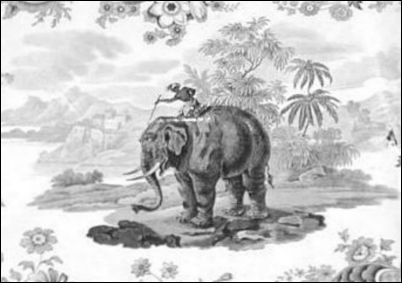
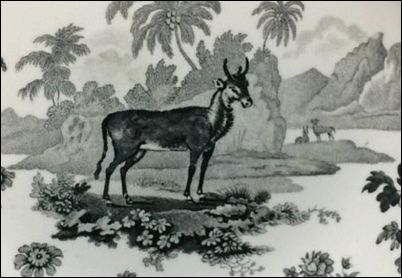
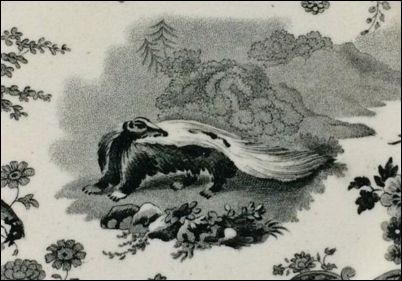
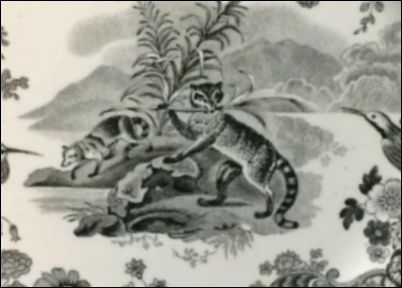
known animals in the series are
an elephant, rhinoceros, elk, lion,
tiger, skunk, hyena, zebra, lemur, gazelle, kangaroo, pangolin
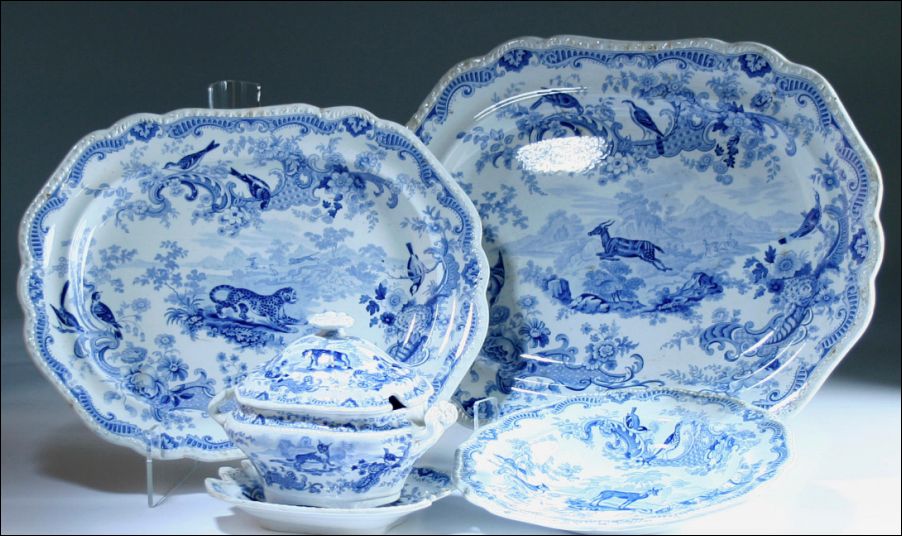
a blue printed dinner set in
the Zoological Sketches pattern
Initials & names used on ware for identification:
MEIGH
OLD HALL
J M & S
['& S' is c.1812
onwards]
|
shown above are examples of
marks used by The Meigh family (& other
potters) added similar |
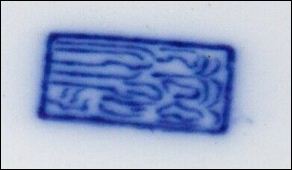 example of quasi-Chinese mark used by Job Meigh - this style of mark was also used by Charles Meigh and Charles Meigh & Son |
 |
 Improved Stone China around the border: Meigh Hanley other wording included "Indian Stone China" or "French China" |
 Enamel Porcelain |
marks recorded in Godden's 'Encyclopaedia of British Pottery and porcelain Marks'
these style of marks were also used by Charles Meigh and Charles Meigh & Son
- click for more on the Old Hall Works -
Questions, comments, contributions? email: Steve Birks